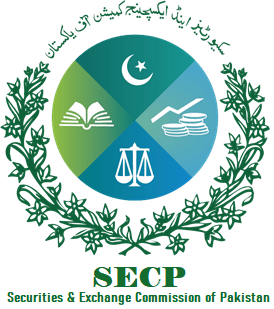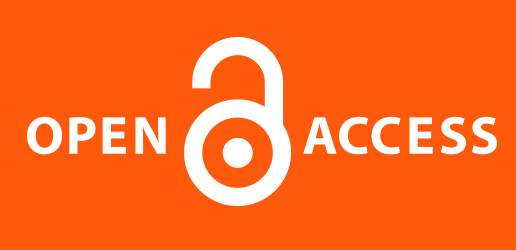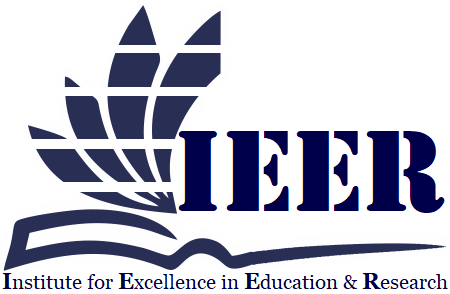MISINFORMATION AND MEDIA CREDIBILITY IN PAKISTAN’S DIGITAL AGE
Keywords:
Misinformation, Digital, Cybercrime, Information, Censorship, Fake, PandemicAbstract
The increased use of digital media owing to greater internet connectivity has increased the dissemination of information to unprecedented levels. It has also empowered people, communities, societies in multiple ways, however a simultaneous increase in the supply of information has also been accompanied by misinformation, specifically medical misinformation on digital media platforms. Therefore, misinformation surrounding the Covid-19 pandemic has been used as a case study to explore the reasons for misinformation and to what extent the regulatory ordinances or cybercrime laws have effectively countered misinformation. For the purpose of this study, qualitative method was used as the research design, as qualitative methods include open-ended discussions through conducting interviews of professionals in the media industry such as anchors, and journalists, in addition to interviews of legal professionals. The findings revealed through qualitative method that there is a requirement for reforms to the current regulatory ordinances meant to restrict misinformation as the majority of the sections in these ordinances mostly deal with hate speech, defamation and censorship, placing a lower emphasis on misinformation and fake news.
Downloads
Published
Issue
Section
License

This work is licensed under a Creative Commons Attribution-NonCommercial-NoDerivatives 4.0 International License.
















